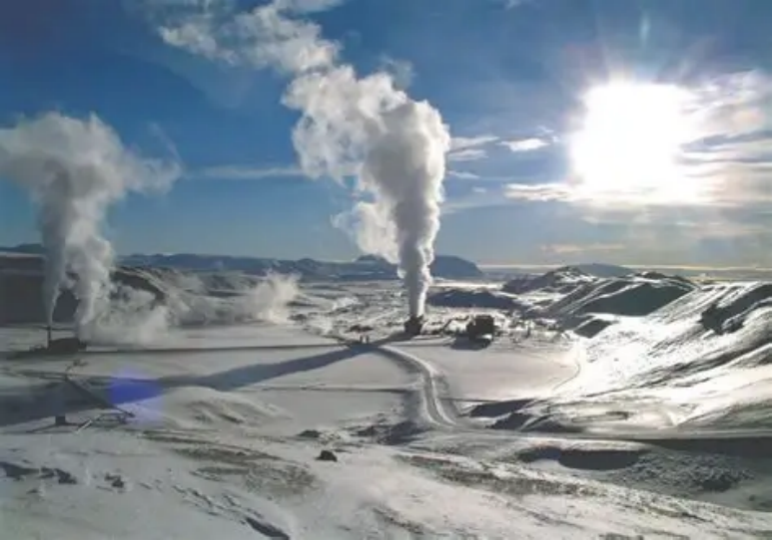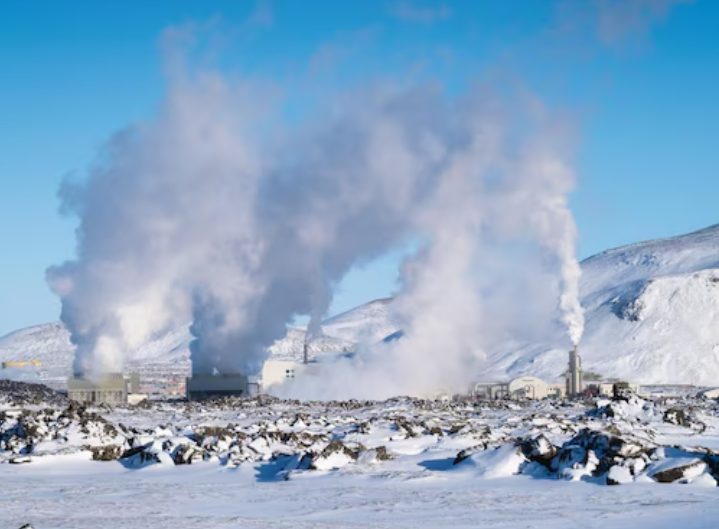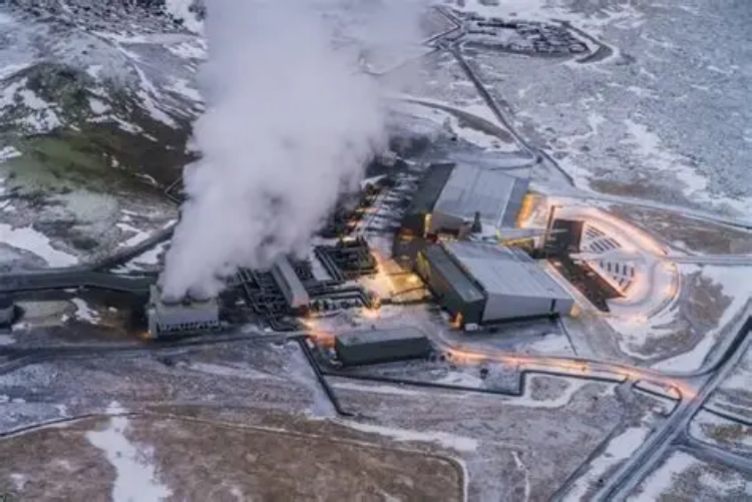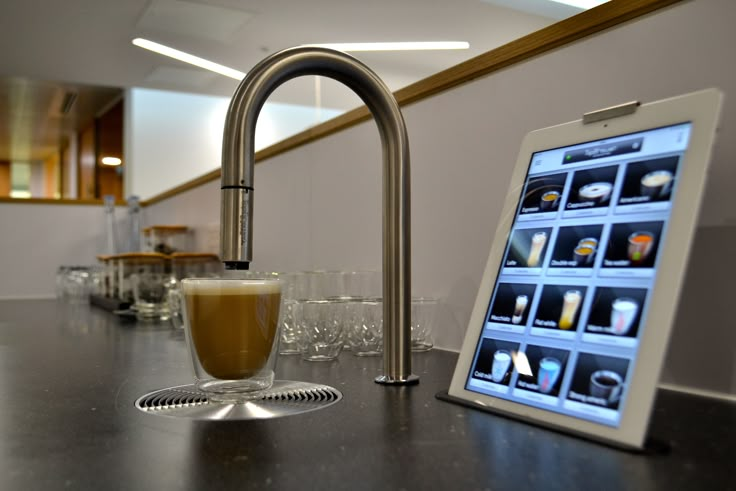Iceland's High-Temp Reservoirs as a Model for Sustainable Power

Iceland’s unique geological position—straddling the Mid-Atlantic Ridge—has gifted it some of the world’s most potent high-temperature geothermal reservoirs, defined as underground systems where fluid temperatures exceed 150°C. These reservoirs, fed by magma chambers beneath active volcanoes, have turned the Nordic nation into a global leader in geothermal energy, with the resource now powering nearly all of its electricity and heating needs. Recent advancements in drilling and reservoir management have further unlocked the potential of these high-temp systems, making Iceland a blueprint for countries aiming to cut reliance on fossil fuels.
At the core of Iceland’s geothermal success is its ability to tap into superheated reservoirs efficiently. The Hellisheiði Geothermal Power Station, one of Europe’s largest, exemplifies this: upgraded in 2024 with advanced directional drilling technology, it now accesses a 280°C reservoir 2,500 meters below the surface, boosting its electricity output by 18 percent to 390 megawatts. This upgrade, costing one hundred twenty million United States dollars, also reduced water consumption by 22 percent by recycling geothermal fluid—addressing a key challenge in high-temp geothermal operations. Such efficiency gains have helped Iceland’s geothermal sector meet 65 percent of the country’s total energy demand, with carbon emissions from power generation dropping to just 12 grams per kilowatt-hour, far below the EU average of 230 grams.

Iceland’s high-temp reservoirs are not just for electricity; they drive a circular energy ecosystem. The Reykjanes Peninsula, home to several 300°C+ reservoirs, now hosts a pilot project that uses excess geothermal heat to produce green hydrogen. Launched in 2025 by Icelandic firm Reykjavik Energy and German engineering company Siemens, the facility converts 10 megawatts of geothermal power into hydrogen, which fuels public buses in Reykjavik and is exported to Germany for industrial use. This project, supported by eighty million United States dollars in EU funding, demonstrates how high-temp geothermal can extend beyond electricity to decarbonize hard-to-abate sectors like transportation and manufacturing.
Research and innovation continue to expand the potential of Iceland’s reservoirs. The Iceland GeoSurvey (ÍSOR) recently mapped three new high-temp zones in the country’s north, each with temperatures exceeding 320°C and estimated capacity to power 150,000 homes. Using 3D seismic imaging, scientists identified fractures in the bedrock that allow magma to heat groundwater more efficiently—insights that are guiding new drilling projects set to come online by 2027. These discoveries are critical as Iceland aims to increase geothermal electricity exports to the UK and mainland Europe via subsea cables, a plan that could generate two hundred million United States dollars annually in revenue by 2030.

Critics note that Iceland’s geological uniqueness makes direct replication difficult for most countries, but its technology and policy frameworks offer valuable lessons. By prioritizing long-term investment in geothermal R&D (Iceland spends 0.3 percent of its GDP on energy research, double the OECD average) and streamlining permitting for reservoir exploration, the nation has turned a geological quirk into a sustainable energy advantage. As the world races to meet net-zero targets, Iceland’s high-temp geothermal reservoirs stand as proof that harnessing natural geological power can deliver reliable, low-carbon energy at scale—setting a standard for other nations to follow.
(Writer:Juliy)




